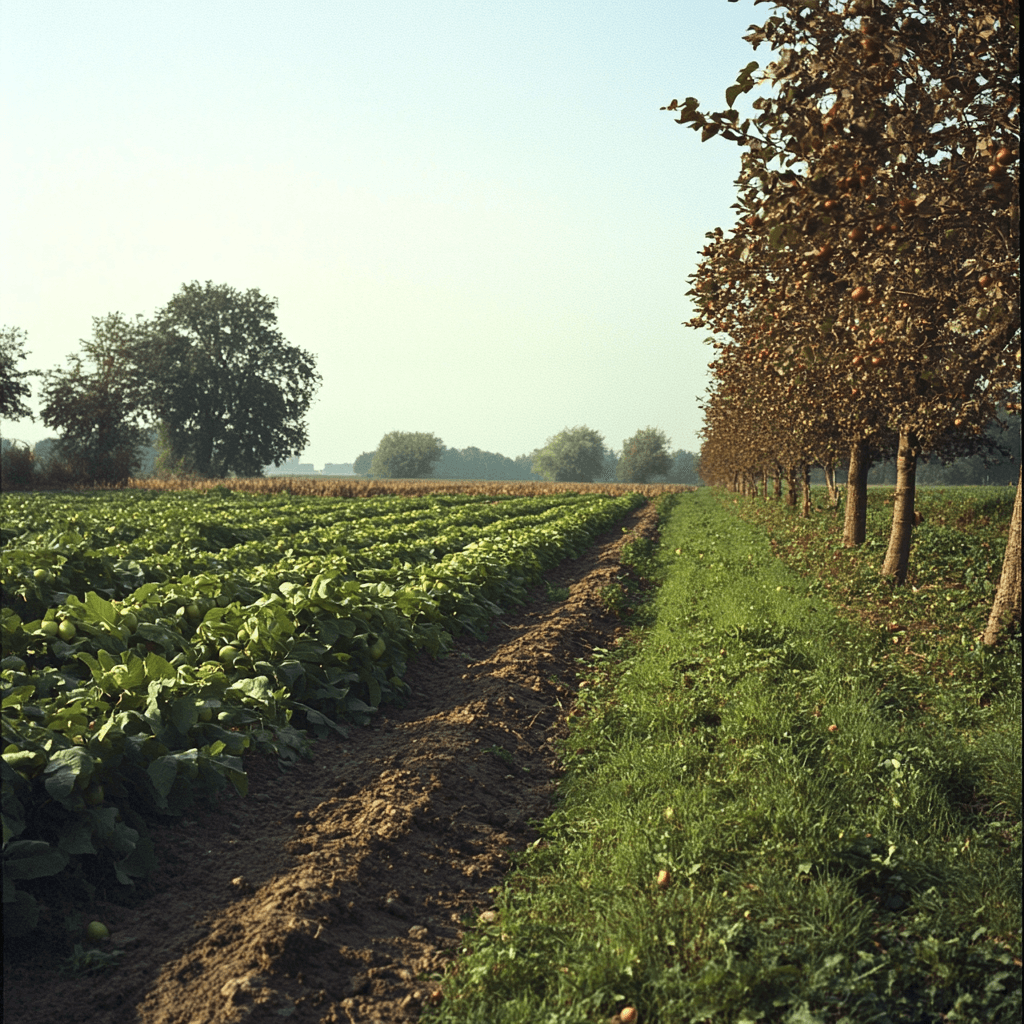The Netherlands as an autarky: what's on our plate?
In the column series “What the world would look like if...”, Elcke Vels explores intriguing scenarios that deviate from the status quo.
Published on May 17, 2025

Our DATA+ expert, Elcke Vels, explores AI, cyber security, and Dutch innovation. Her "What if..." column imagines bold scenarios beyond the norm.
A cup of coffee in the morning. A banana for lunch. A piece of chocolate for dessert. You probably don't even think about it, but all those products come from abroad. We live in a globalized world.
Yet, with geopolitical tensions and trade wars in the news, I find myself asking more and more often: how dependent are we really on other countries when it comes to something as crucial as food? What if... The Netherlands was self-sufficient — completely self-sufficient, no imports, no exports. Only food grown on our own soil. What would be on our plates?
Rye bread instead of whole wheat
Let's start at the beginning: our sandwiches. Wheat, which is used to make our beloved whole wheat bread, does grow here, but not well enough to bake tasty, light bread. That wheat bread from the supermarket? It comes from the French or Italian fields. Fortunately, we can fall back on alternatives: rye bread, for example. It may take some getting used to, but it's very healthy!
No chocolate sprinkles, but an egg
And what do we put on that rye bread? No chocolate sprinkles, unfortunately. Cocoa doesn't grow here, so chocolate is a thing of the past. But there are plenty of chickens around. A freshly laid boiled egg is therefore no problem. Just be careful of excessive PFAS levels. Cheese also remains on the menu — hooray! — because we can keep cows. As long as we feed them from our own land, of course.
Meat: much less, but it's possible
The Dutch eat too much meat on average to be able to produce it all themselves. The solution? Consume less. Meat is allowed once a week. But no pork, because research shows that it is not efficient enough in terms of space and feed. Goodbye pork rolls, hello chicken thighs and mutton stew.
An abundance of potatoes
We have an abundance of potatoes in the Netherlands. So they will remain on our plates. And what do we eat with potatoes? Stems, of course! I won't soon forget the delicious stew my grandmother used to make. But be quick; turnip greens are only available for a short time from Dutch soil. You can only buy turnip greens from March to June.
An apple a day keeps the doctor away, but no bananas
Fancy a tasty piece of fruit between meals? Go ahead, but stick to seasonal fruits and eat them in moderation. Apples, pears, cherries: fine. Bananas, mangoes, kiwis: sorry, no.
Who likes nettle tea?
Now for the most painful part. I would have to give up a habit that is deeply ingrained in me. The first thing I do when I wake up is turn off the alarm clock, stretch, and then rush downstairs and press the button on the coffee machine. Unfortunately, that is no longer possible. Coffee comes from countries like Brazil, Colombia, or Ethiopia, and those are just outside the Randstad. Even “regular” tea, like black or green tea, is a thing of the past. What's left? Nettle tea. Or mint tea, if you have a garden. It'll take some getting used to. But who knows, maybe I'll get used to it. Someday.

What if...
In the column series “What the world would look like if...”, Elcke Vels explores intriguing scenarios that deviate from the status quo.
